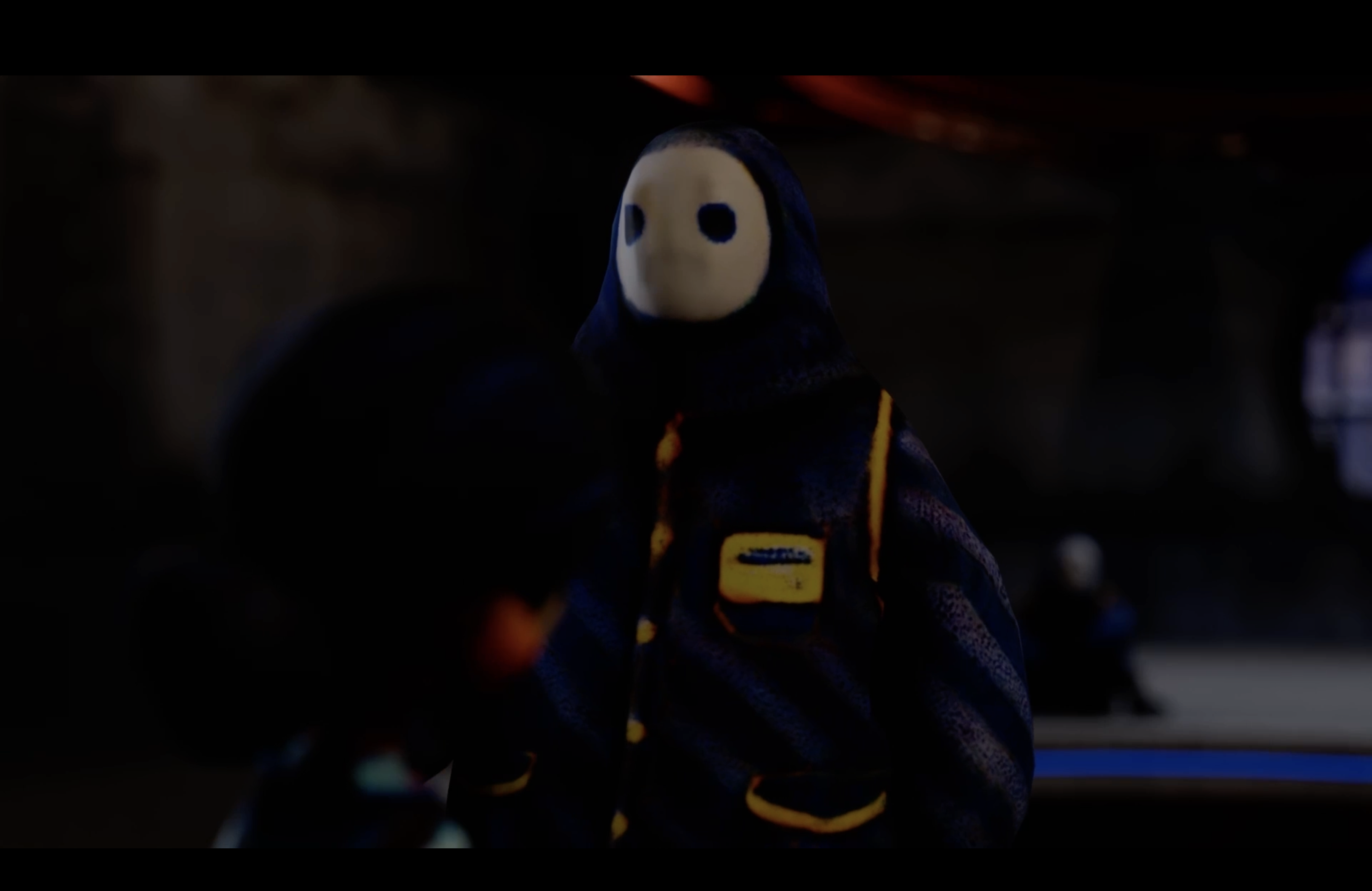1. Introduction
New Eden: Chapter 1 is a 3D animated short film inspired by Aldous Huxley’s novel Brave New World, reimagined in the context of modern social media and artificial intelligence (AI).
The aim was to explore the practicality of using AI tools to enhance efficiency in 3D motion design, while telling a story that warns about the loss of critical thinking through constant media consumption.
2. Project Format and Content
- Format: 3D animated short film (1.5 to 3 minutes)
- Setting: Futuristic city "New Eden", dominated by AI and social media
- Protagonist: Anya, a young woman who begins to question the system after discovering banned writings
Themes:
- Individuality
- Friendship
- Influence of AI/social media
- Loss of critical thinking
- Pursuit of truth and freedom
3. Workflow
3.1 Ideation
- Tool used: Gemini (AI assistant)
- Process: Gemini helped conceptualize the story based on a prompt inspired by Brave New World
- Final Concept: A dystopian sci-fi story titled Like Paradise, centered on Anya’s awakening
3.2 Storyboard & Shotlist
- Tool: storyboarder.ai
- Pros: Fast storyboard generation, visual planning
- Cons: Story depth was reduced; excessive use of close-ups; expensive subscription for full features
3.3 3D Modeling
3.3.1 Luma AI
- Text-to-3D generation tool
- Pros: Free and intuitive
- Cons: Struggles with faces, hands, scale; poor quality for buildings
3.3.2 Mixamo
- Used for character rigging
- Required workaround due to incompatibility with Luma models
- Successful after re-export from Blender
3.3.3 Mootion
- Discord-based AI animation tool
- Used to create all main character animations
- Simple and free
3.4 2D Assets & Matte Paintings
- Tools: DALL·E, Stable Diffusion
- Used for environments, posters, and backgrounds
- Emission maps worked well; normal maps less effective
3.5 Scene Composition in Blender
- All assets and animations assembled in Blender
- Retargeting animations required deep rig adjustments using Rokoko
- Camera work and lighting used to mask 3D model flaws
- Render engine: Cycles (with optimized settings)
3.6 Dialogues and Voices
- Written with: ChatGPT
- Voices generated with: ElevenLabs
3.7 Music & Sound Effects
- Music: Created using Loudly AI
- SFX: Free samples from Soundly
4. Final Editing in DaVinci Resolve
- Rendered PNG sequences edited and composited in DaVinci Resolve
- Dialogue, monologue, and sound design completed here
- After Effects and Ableton Live were avoided to keep toolset free
5. Result & Conclusion
Key Takeaways
- Efficiency: AI tools accelerated concept and storyboard phases
- Challenges: Luma models lacked quality; Blender rig integration was time-consuming
- Cost: Mostly free tools were used, with Storyboarder as the only paid service
- Creative Control: Manual refinement was required due to limitations in AI output
- Potential: Highlights promise and current limitations of AI-assisted 3D workflows
Final Thoughts
New Eden: Chapter 1 was a successful experiment that demonstrated both the power and limitations of AI in creative 3D motion design. While helpful, AI tools still require significant human input to produce high-quality, coherent results.
